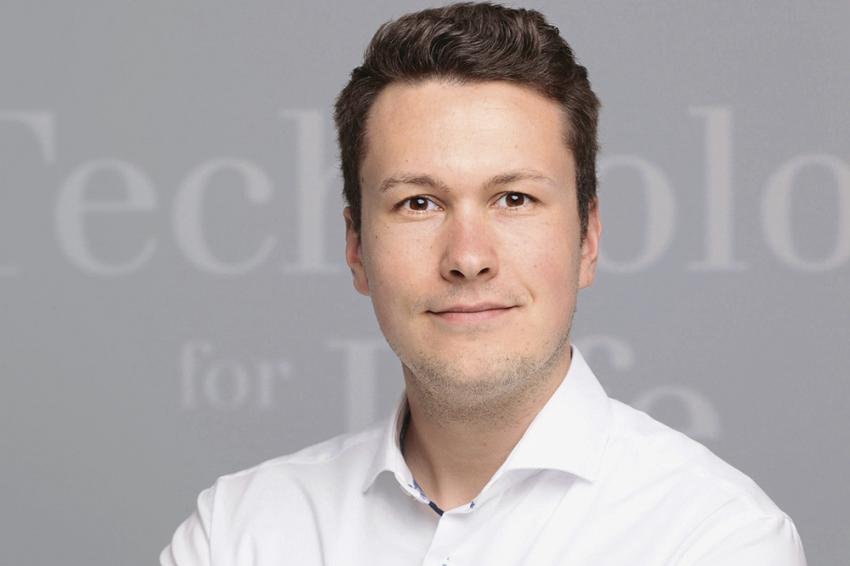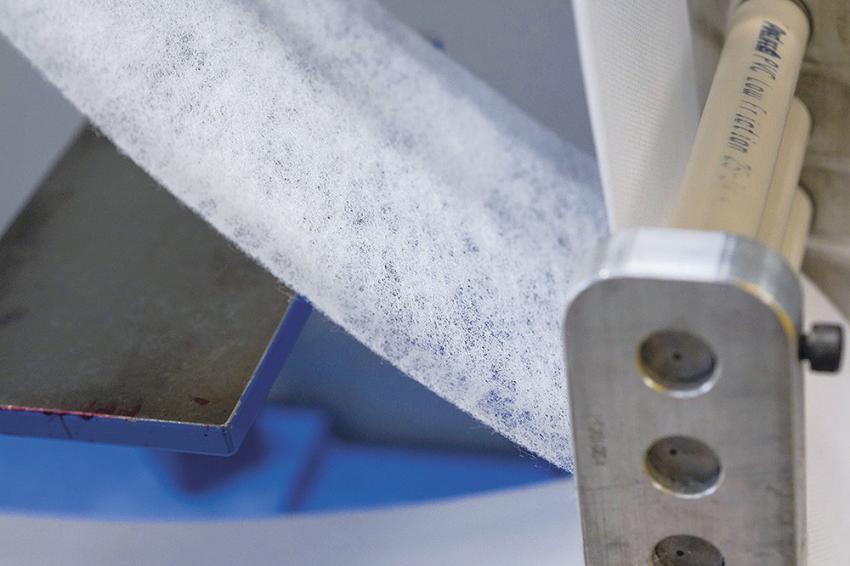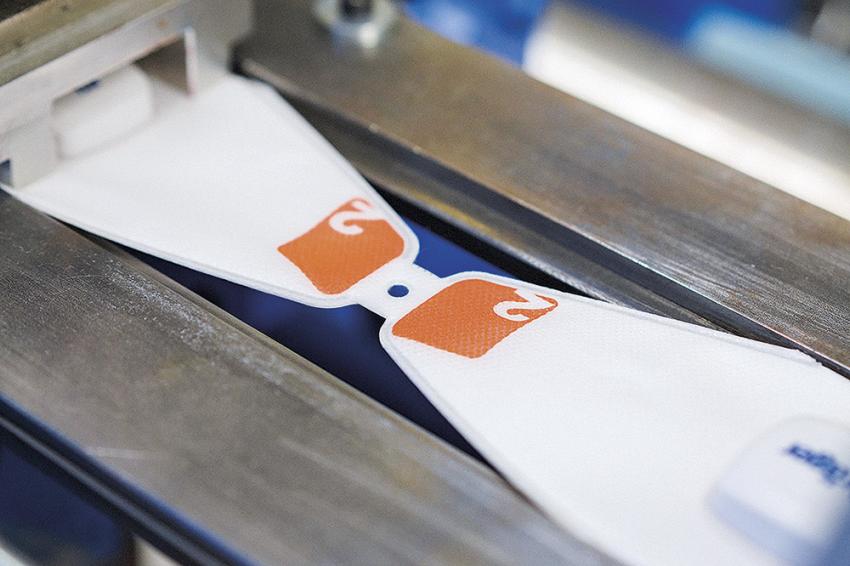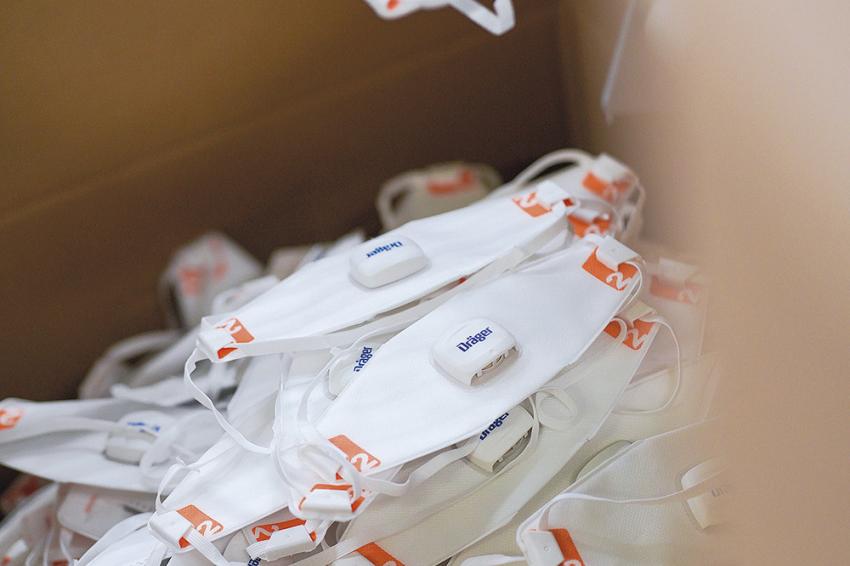Lightweight Respiratory Protection During the Covid-19 Pandemic
An Interview with Denis Schäfer, Regional Product Marketing Manager for Occupational Health and Safety at Dräger
Dräger, the German medical and safety technology manufacturer, produces FFP masks. Production in Sweden and South Africa is currently running at full capacity and around the clock. New sites will soon be built in the US state of Pennsylvania, in Alsace, France and in the vicinity of Blyth, UK. Denis Schäfer, Regional Product Marketing Manager for Occupational Health and Safety at Dräger, explains – among other things – how FFP masks protect their wearers and whether they can be reprocessed.
GIT SECURITY: FFP masks are currently a much sought-after commodity. What exactly does “FFP” stand for and how safely do the masks protect wearers?
Denis Schäfer: The abbreviation “FFP” stands for “filtering face piece”. There are three device classes, which are classified according to their maximum total inward leakage in line with EN 149. These are FFP1, FFP2 and FFP3, with the latter being the highest protection class. To go into detail, an FFP1 mask provides 80 percent, an FFP2 mask 94 percent and an FFP3 mask 99 percent protection against solid and liquid particles and aerosols.
What are your FFP masks made of?
Denis Schäfer: Our FFPs are made of non-woven materials – particularly what is known as “melt-blown spun-bonded fabric”. They have both a mechanical and an electrostatic protective effect. The mechanical protective effect is based on the arrangement of the filter material and its actual filtering performance. The electrostatic protective effect can be compared to a dust cloth. When dust is wiped off, it sticks to the cloth. This is also the case with FFPs, which “capture” the particles.
The bottlenecks in the supply of personal protective clothing have opened a public debate about procedures that could reprocess masks and allow them to be used multiple times. What do you think about these procedures?
Denis Schäfer: FFP masks are tested and approved as disposable masks. This is what the underlying EN 149 standard for FFPs stipulates. Therefore, the reprocessing of our masks is not planned nor intended. The aforementioned electrosta-tics can be damaged or even completely destroyed during cleaning, disinfection or other forms of reprocessing, e.g. by UV radiation, radioactive radiation or heat. The FFP would then possibly no longer have any protective effect.
What do I need to pay particular attention to when wearing an FFP mask?
Denis Schäfer: Above all, the wearer must check that the mask is correctly fitted. No leakages may be allowed to occur as they could provide a gateway for contaminants. Consequently, the nose clip on the FFPs must be pressed down from top to bottom so that the mask can be adjusted perfectly to fit the face. After adjusting the mask, the wearer grasps it with both hands and, if necessary, keeps the exhalation valve closed. The wearer then breathes out strongly. If air still escapes, the nose clip and the fit of the mask in general must be checked again. It is only ready for use when no more air escapes.
Masks may need to be worn for longer periods of time at a stretch, particularly at the workplace. What is the maximum length of time an FFP mask can be worn? When do you have to change them?
Denis Schäfer: In Germany, an FFP must be worn for a maximum of one shift, i.e. eight hours. However, if infective agents such as SARS-CoV-2 are present in the environment, the FFP must be disposed of each time it is taken off. Differing natio-nal regulations must however always be observed. When the mask is put on again, it cannot be ruled out that the potentially contaminated exterior of the mask has come into contact with the inside of the mask or into direct physical contact with the user. Also, it may be unclear how it has been stored in the meantime – how and where? Have other people had contact with the mask?
What protection do surgical masks provide compared to FFP masks?
Denis Schäfer: A surgical mask protects the wearer from splashes of liquid, and other people in the vicinity from droplets in the exhaled air of the person wearing it. It serves to protect patients from the exhaled air of medical and nursing staff in hospitals. However, it does not provide reliable protection against particles, viruses or bacteria in the ambient air. In addition, the masks do not sit tightly on the face and leakages occur where no respiratory protection is provided.













